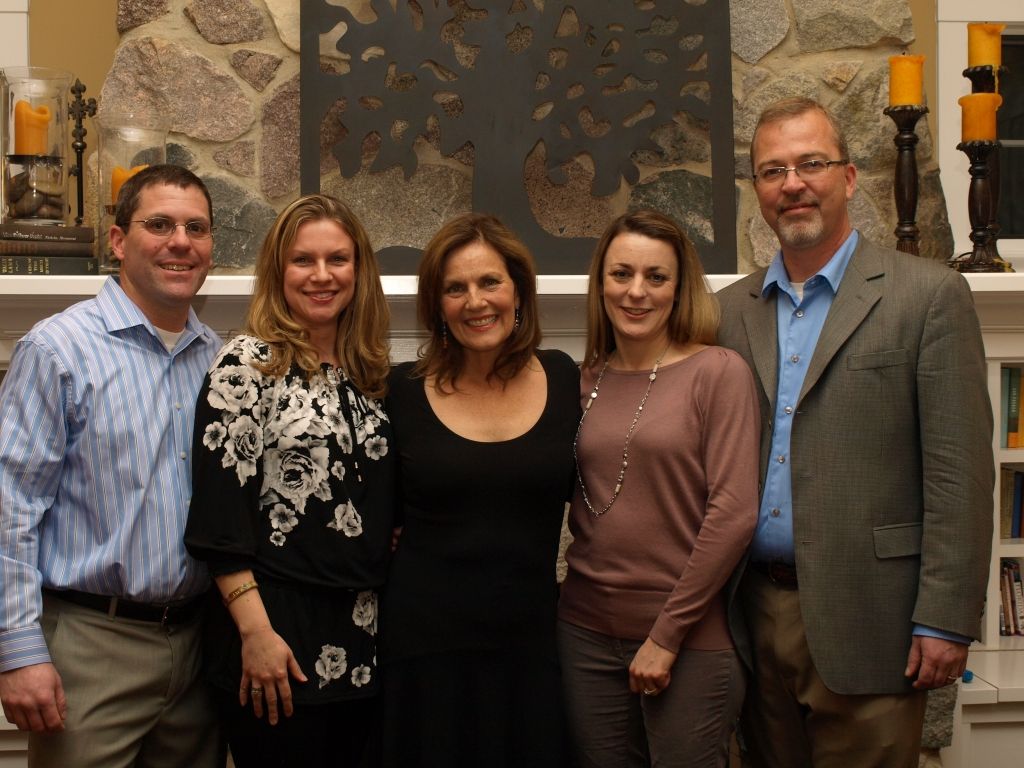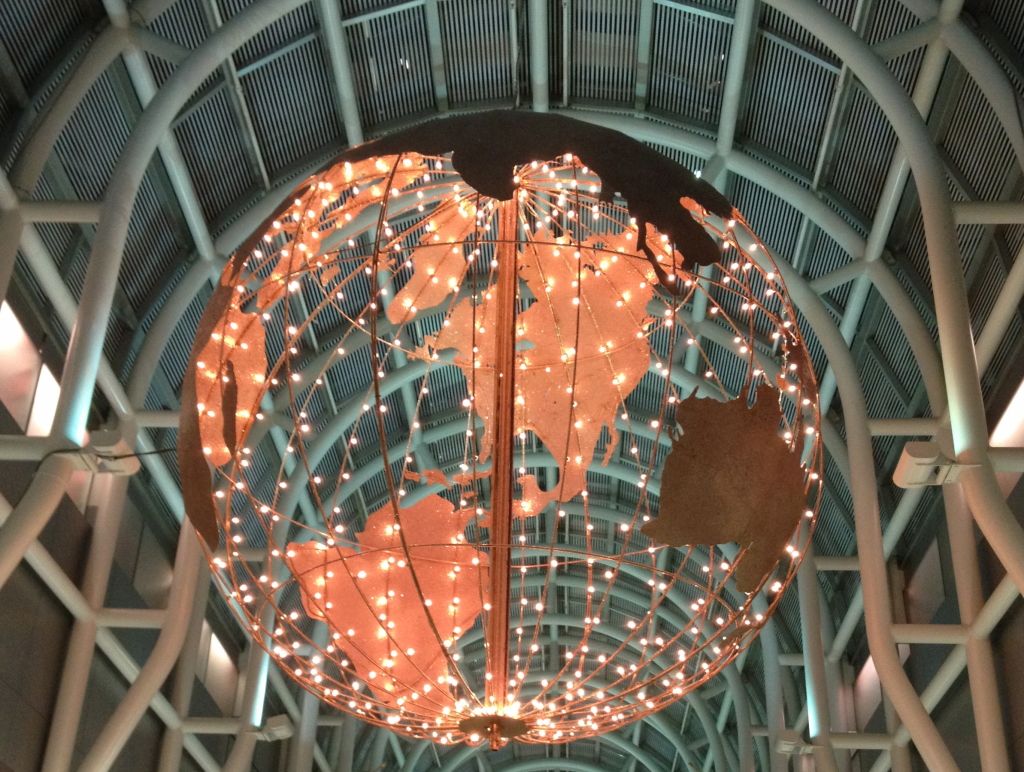KCNQ2's Global Connections
We are excited to see KCNQ2 on the international stage with this fabulous news coverage. More than once we have been told by researchers and seasoned epilepsy advocates that the KCNQ2 community is viewed as a model of motivated families joining forces to drive medicine forward. It’s a big honor, and a bigger responsibility, to be thought of as an example of how to do things right. Because as Whole Exome Sequencing and other genetic testing becomes readily available, more and more families will arrive where we all were just a few short years ago, stuck with a strange alphanumeric diagnosis that offers precious little information, wondering where in the world to turn.

The Power of Parents Connecting
It is essential for the KCNQ2 kids that parents find the support they need. It’s like the old drill about the oxygen mask that falls in case of an in-flight emergency. The parents need to breathe before they can help their children. For parents who live in the rarefied atmosphere of raising a KCNQ2 kid, lifting one another up by sharing ideas, questions, frustrations, fears and joys is that oxygen.
Connecting for the Kids @AES 2015
The latest news piece speaks volumes about parents connecting, but behind the scenes there is another important story to tell. Simply put, these rare KCNQ2 kids have inspired the researchers themselves. Just a few years ago it was almost impossible to find anyone researching KCNQ2, and those who did were focused on theory and molecules. Now many of them have encountered real children who bear the gene. The scientists have someone, and not just something, to study. And they have looked into the eyes of the parents and seen their life’s work reflected there in new, urgent ways.
This human connection has compelled the experts to greater levels of professional collaboration. Breaking out of their individual "silos," they too are redefining new cooperative models for advancing the science: They are sharing data, coauthoring papers, and writing grants together across the ocean. At the AES meeting in Philadelphia in a few weeks, thousands of doctors will hear more than ever before about KCNQ2 in the open sessions.
This year at AES a multinational team of KCNQ2 experts will meet in a daylong special session sponsored by grants from the National Institute for Neurological Disorders and Stroke (NINDS), Citizens United for Research in Epilepsy (CURE Epilepsy), and The Jack Pribaz Foundation. We are excited to learn what will emerge from this new worldwide collaboration. When you can bring motivated people together, good things are bound to happen for the KCNQ2 kids.

